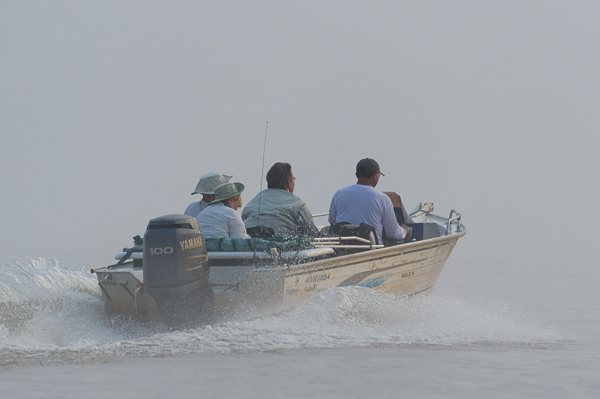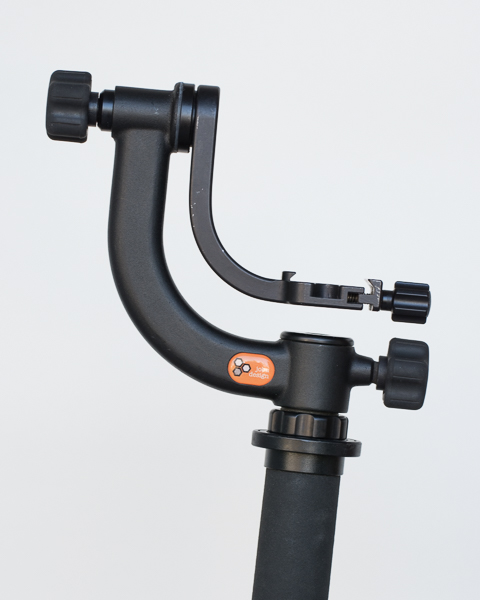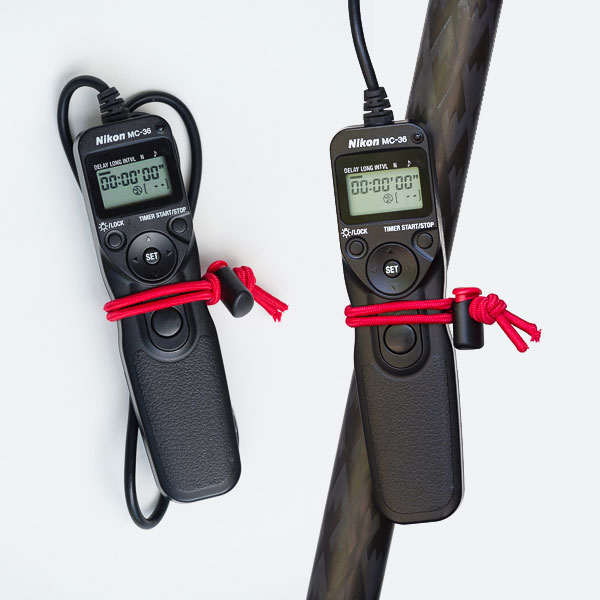A couple of months ago I realized that it was time for a new laptop computer. I don’t use a laptop when I’m in my office, where I have a serious desktop machine with attached NAS and JBOD boxes. My use of a laptop is almost exclusively when I’m on the road for photography purposes, and all too often this involves air travel. What I wanted in a new laptop was:
- fast i7 chip
- 1 TB SSD
- discrete video card
- minimum 16 GB RAM
- three USB3 ports
- backlit keyboard
- best laptop screen possible
- 15 inch display
- HDMI connection
- as small and light weight as possible
- I’m a long-time Windows user, so not a Mac
I wanted to be able to run Lightroom and Photoshop at the same time, along with a basic Office setup (Word, PowerPoint, and Excel) and a few other programs (ViceVersaPro, FileZilla, and SnagIt).
I looked at various laptop websites, and finally placed an order for the new Dell XPS 15 (model # 9550) which, thanks to its “infinity edge” display, has a 15 inch screen in a 14 inch sized laptop. Ah, relatively small and light weight. Here’s a link to Dell’s website page: http://www.dell.com/us/p/xps-15-9550-laptop/pd. Dell offers the laptop with a choice of a 4K 3840 x 2160 pixels touchscreen or a non-touch 1920 x 1080 one. I ordered the high-res 4K touchscreen as it is one of the few laptop screens to cover the entire Adobe RGB space. I will admit that as soon as I received the laptop I immediately turned off the “touch” option. I don’t want fingerprints all over the screen, and I much prefer using a mouse (and I hate using a trackpad for anything). I might mention that I found the same laptop but with a lower price tag at Best Buy, and Dell honored the lower number through their Price Match offer.
I’ve been vary pleased so far, with no problems at all. It’s a Windows 10 machine, which was a new OS for me as I’ve been running Windows 7, and will continue to do so on my desktop computer as I see to reason to change something that’s performing perfectly. Adapting to Windows 10 was very easy, no big deal at all. I did download Dell’s Feature Enhancement Pack in order to keep the keyboard backlighting from timing out as quickly as it did. I calibrated the screen using an i1 Display Pro, and for you nerds out there the DeltaE was .6 which is impressively accurate.
The major concern I had was how software would appear on that 4K screen. Pixel dimensions of 3840 x 2160 means a lot of very tiny pixels in a pretty small area. Think about it: an image that is 1000 pixels on the long dimension is still going to be 1000 pixels long on a 4K display, but because the pixels themselves are smaller, the image is going to appear physically smaller on-screen. On an old 1024 x 768 screen of the same physical size as that of my new Dell those 1000 pixels are almost all the way across the screen. On this 4K one, it’s a lot less. Web and Office pages are easy to scale; hold down Ctrl and use the scroll wheel on your mouse. There’s no problem at all with Lightroom and Photoshop if you use the CC versions, which I do, as both of these automatically scale up the user interface.
However, not all programs can be scaled up so for many photographers the non-touch screen might be a better option. Bridge is one of those programs. The print is really small. Of course you could reset the high-res screen to a lower resolution, but that defeats the purpose of getting it in the first place. Nik filters do not scale, nor do most of the Topaz ones. As a confirmed Lightroom user I almost never use Bridge, so that’s no big deal. I do occasionally use Nik Dfine (almost always at its default settings) and sometimes one particular combination of filters in Color Efex Pro (a combo of Tonal Contrast and Detail Extractor at a very low amount). I set the Nik filters to always open at my preferred choices so all I have to do it tap OK rather than try to read the tiny print. Again, if you’re a big user of Nik or Topaz, the non-touch screen might be the better choice.
I made those Nik filter settings by using the Windows Magnifier, which allows temporarily zooming around the screen image. One quick way to access the magnifier is by using the Windows key + “+” (the Windows key along with the “plus” key). You can set the level of magnification you wish to use. Windows key + Esc turns the Magnifier off. Google “Windows Magnifier” for more into.
If you looked at the specs noted on the Dell page, you would have seen that the laptop has one HDMI port, two USB3 ports, and a new USB-C port which supports both USB3 and Thunderbolt 3. I carry a little HDMI to VGA adapter just in case I have to connect to an older digital projector. I also picked up a couple of USB-C to USB3 adapters.
The only weird thing I’ve discovered is that the Hoodman Steel USB3 card reader I’ve used with my previous Windows 7 laptop was not recognized when I plugged in into one of the USB3 ports. I downloaded a new driver from Hoodman, and still no luck. But when I plugged the Hoodman into the USB-C port using an adapter the card reader was immediately found. Go figure. I picked up a new Lexar card reader, and the laptop saw it immediately no matter which port I used. The laptop does have a built-in SD card reader, and in my informal test this one is very fast.
As with all new computers, I would strongly suggest looking for updates to the operating system and BIOS. As I said above, no problems so far. And yes, I think it was the right decision for what I needed.




LARRY WEST
I just got back from an extended trip to learn that Larry West died on December 15. Larry was an exceptional photographer, a great naturalist, and a good friend. He was an enormously helpful to me at the very start of my career, and was indeed extremely generous with information, advice, and encouragement to a whole generation of nature photographers. In the mid-1970s he and I started offering week-long photography workshops in Michigan which, to my knowledge, were about the first field workshops anywhere in the US specializing in nature photography. After my work took me in a different direction, he continued these workshops on his own. He also authored a series of well-received “How to Photograph” books. Larry’s presence will be missed by many.